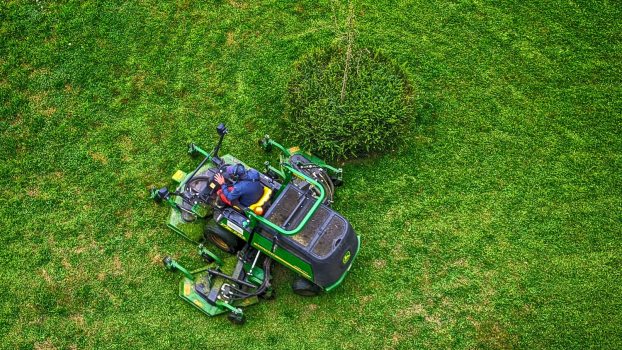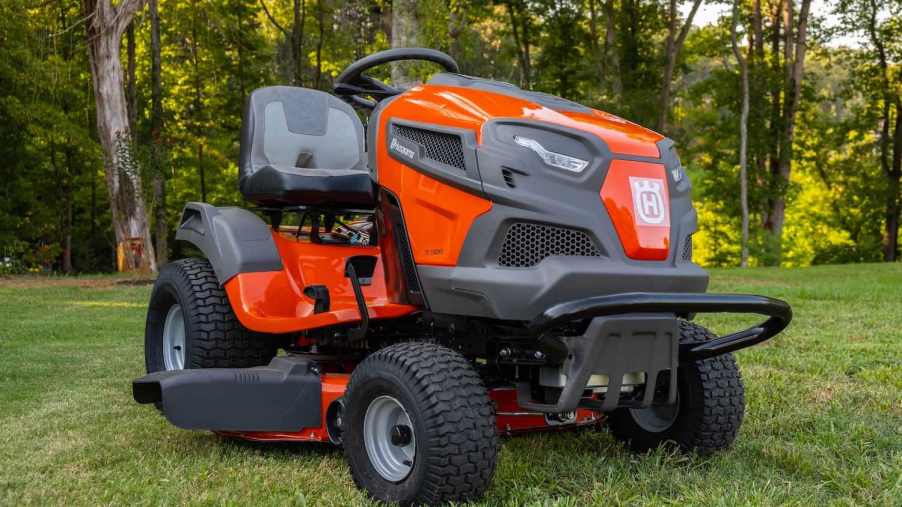
Do You Actually Need to Winterize Your Lawnmower?
The chill of winter is in the air, and your last lawn mowing session has come and gone. So do you truly need to winterize your lawnmower before you park it for the season? Here’s the deal: there are a ton of maintenance tasks you could do to winterize your lawn mower. But there are also two fall mower tasks you must do if you want your mower to start again in the spring. So I’m going to break lawn mower winterization jobs down into three levels: “Need to,” “Could do,” and “Would be nice to.”
- Level 1: Stabilize or drain gasoline
- Level 2: Disconnect battery and clean deck
- Level 3: Yearly maintenance
Level 1 – You need to deal with the gasoline in your lawn mower
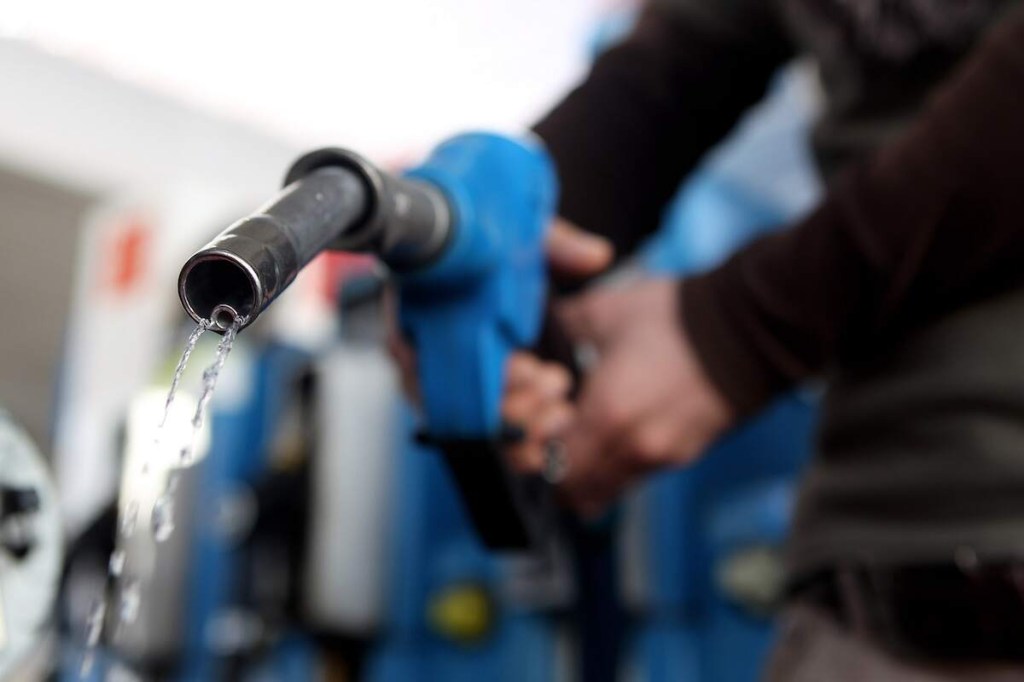
Gasoline is a very volatile liquid, constantly trying to transform into vapor. That’s one reason it’s so explosive. But this property makes gasoline a difficult liquid to store and deal with. From the time you pump a gallon of gas, its octane rating is deteriorating. By about six months, it will no longer power an engine. There’s a good chance a non-winterized mower won’t even start in the spring.
Let’s start with the gasoline in your lawn mower’s tank. To winterize your lawn mower, you could detach a fuel line, pour it into a gas can, then burn it in your car this fall. You could also run your lawn mower completely out of gas and fill it up with a fresh tank in the spring. Or, you could pour a bottle of “fuel stabilizer” in your mower’s tank so its gas will last the winter.
But that’s not all: the gasoline (even stabilized) in your fuel system will eventually dissolve fuel filters, rubber hoses, and carburetor gaskets. The most pressing problem here is your lawn mower’s carburetor (Unless, of course, you have a mower with EFi instead of a carb). If you store it filled with gasoline, it may only last a season or two. This is why there is a drain screw on the bottom of most carburetors so you can empty it out before storing your lawnmower. Obviously, this is a procedure you want to research for your specific mower before you attempt it.
You can also “drain” your carburetor by running your mower out of gas or even switching off the gas flow valve at the gas tank, then running your mower until it stalls.
Level 2- A clean lawn mower will last longer
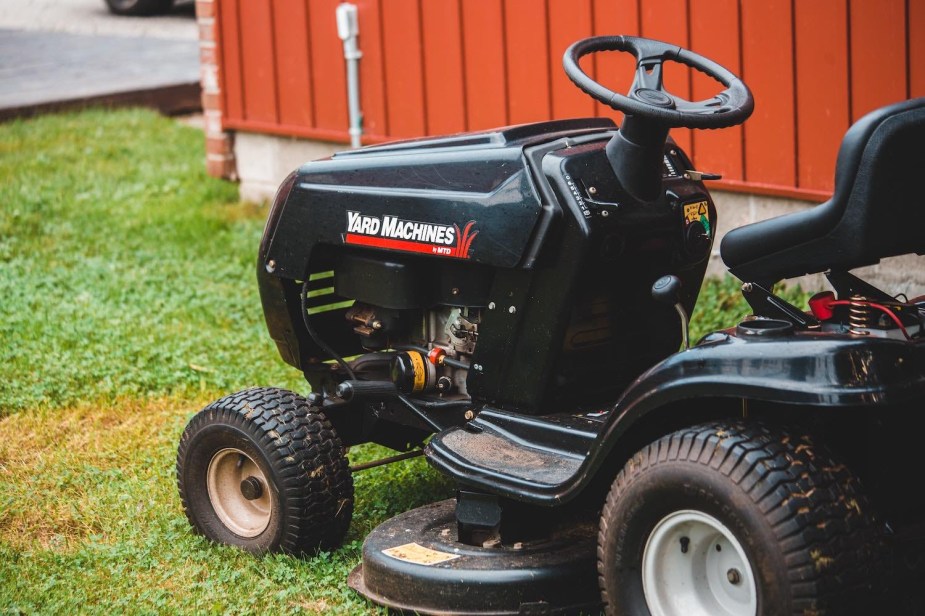
Cleaning up after yourself is no fun. But it may be the key to making your lawn mower last longer. If you put your lawn mower away with its deck and body caked with grass clippings, those clippings will spend the next several months rotting (gardeners know, “compost happens”).
What’s wrong with some rotting grass clippings? They create moisture and this moisture will rust bearings and other moving parts. If you have time, hose all organic matter out from under your mower’s deck and off its body panels. If you can put your mower away clean and dry, it will prolong its life.
While we’re on the “Should do” winterizing category, detaching your lawn mower’s battery means you won’t need to jumpstart it in the spring. So a few seconds now will save you a ton of hassle later: sounds like a good trade.
Level 3 – You may choose to complete your yearly maintenance in the fall
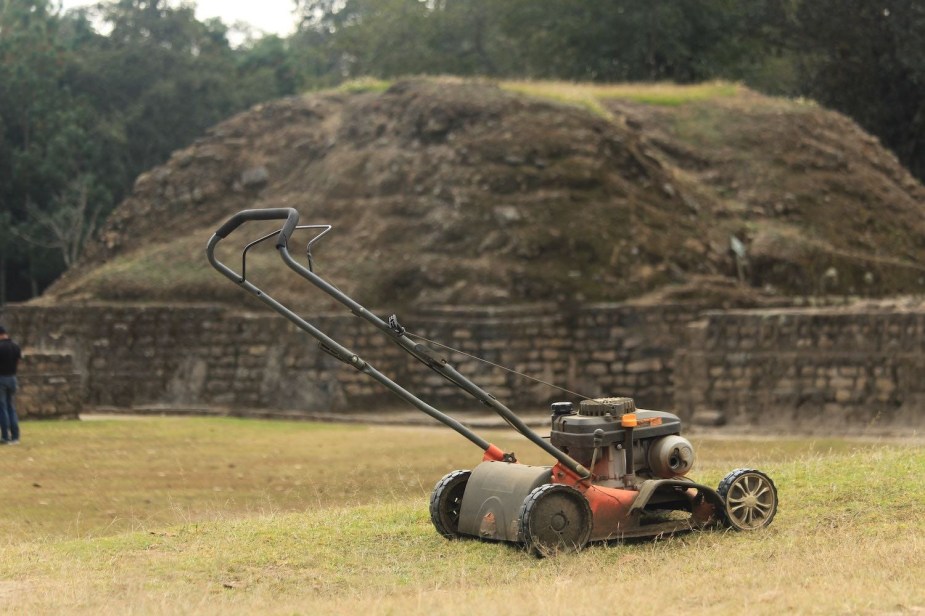
There are two types of lawn mower owners in the world: those who complete their yearly maintenance in the fall, and those who complete it in the spring. Maybe you’d rather your mower is all ready to go in the spring, or maybe you don’t want to mess with it right now. It doesn’t matter much, as long as everything happens at some point.
Here are the major yearly maintenance tasks most mowers need–whether part of your lawn mower winterize procedure or spring prep:
